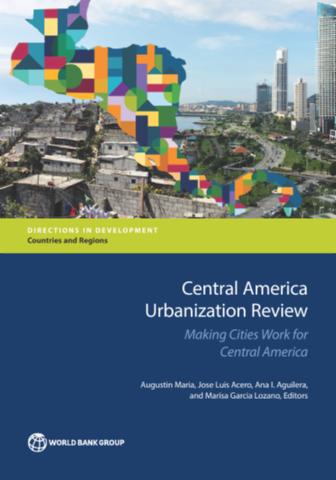Central America urbanization review: making cities work for Central America
Central America is undergoing an important transition. Urban populations are increasing at accelerated speeds, bringing pressing challenges for development, as well as opportunities to boost sustained, inclusive and resilient growth. Today, 59 percent of the region’s population lives in urban areas, but it is expected that 7 out of 10 people will live in cities within the next generation. At current rates of urbanization, Central America’s urban population will double in size by 2050, welcoming over 25 million new urban dwellers calling for better infrastructure, higher coverage and quality of urban services and greater employment opportunities. With more people concentrated in urban areas, Central American governments at the national and local levels face both opportunities and challenges to ensure the prosperity of their country’s present and future generations. The Central America Urbanization Review: Making Cities Work for Central America provides a better understanding of the trends and implications of urbanization in the six Central American countries -Costa Rica, El Salvador, Guatemala, Honduras, Nicaragua and Panama- and the actions that central and local governments can take to reap the intended benefits of this transformation. The report makes recommendations on how urban policies can contribute to addressing the main development challenges the region currently faces such as lack of social inclusion, high vulnerability to natural disasters, and lack of economic opportunities and competitiveness. Specifically, the report focuses on four priority areas for Central American cities: institutions for city management, access to adequate and well-located housing, resilience to natural disasters, and competitiveness through local economic development.





